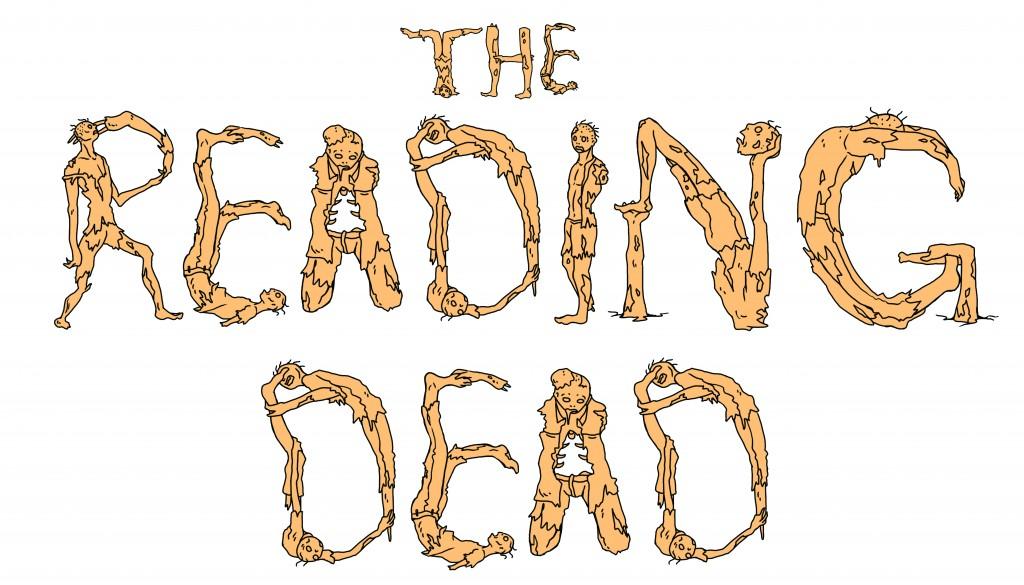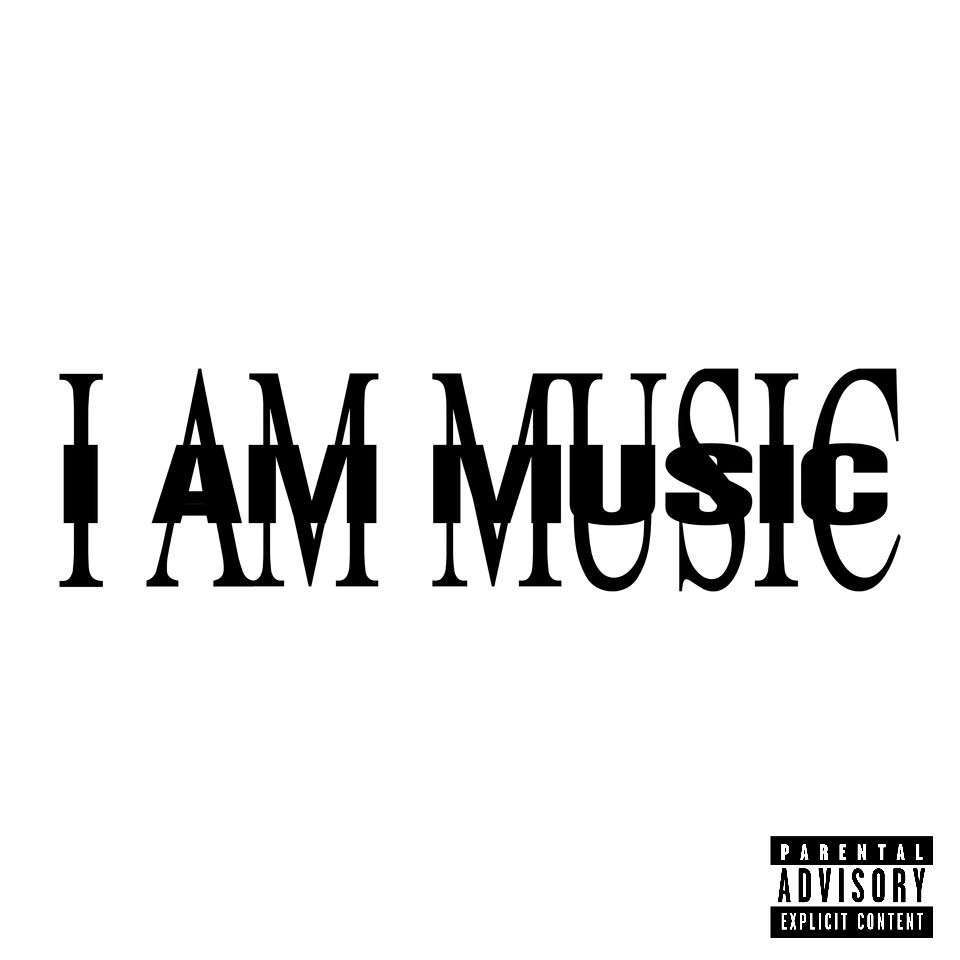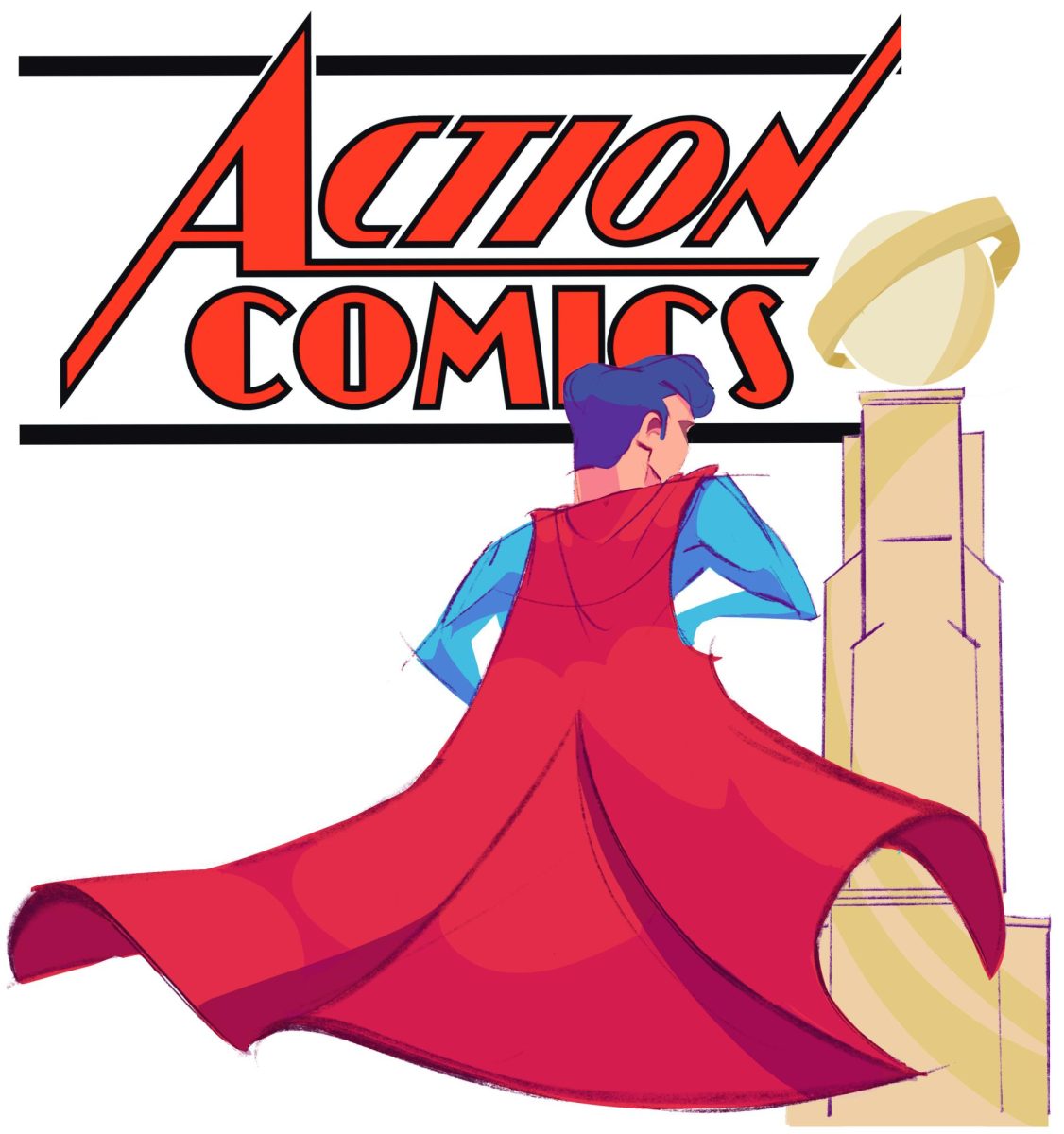By Jubenal Aguilar
Staff Writer

“Zombies Ate My Term Paper” English 1302 professor gives course a bloodcurdling, zombie-themed twist.
The zombie phenomenon continues its spread into fields beyond film and literature. The academic realm, once a safe zone, has felt the effect with a growing number of professors willing to embrace the undead way of life in their classrooms. At Brookhaven College, adjunct faculty Elizabeth Alewine teaches Zombies Ate My Term Paper, an English 1302 course with a focus on the living dead. The course has been offered at Brookhaven since the spring of 2010.
She is among professors at several universities, such as Columbia College, Rice University, Georgia Institute of Technology, San Diego State University and the University of Baltimore, offering programs or curricula based on the undead.
The idea for the course came in the fall of 2010 when Alewine was teaching at Brookhaven and Collin College, which requires students to complete lab assignments. Alewine said she needed a way to convince students to complete the “busy work” and noticed that zombies were all the rage at the time.
From this need, a zombie unit arose with several components, including watching a film, conducting research and writing a reflection paper. When the assignments came in, Alewine realized she had stumbled upon a killer concept. The decision to apply the assignment’s principles to a complete course was a no-brainer.
She thought, “I can do a term of the [English] 1302 course based on this,” she said. “I can expand it and make all the different papers … be different facets of the zombie thing.” She proposed the idea at Brookhaven and was approved.
The course differs from traditional English 1302 in that students study the history and evolution of the zombie genre through various films and literature. They begin by exploring the history of zombies, starting with Victor Halperin’s “White Zombie,” the first zombie film, produced in 1932.
Other films include “Night of the Living Dead,” “Dawn of the Dead,” “Shaun of the Dead” and “Zombieland.”
Instead of writing papers focused on the current book of the Open Book Project or topics students might not relate to, Alewine’s students write about the history of zombies, the best zombie fighting weapons, the best zombie film and the zombie metaphor. The same writing strategies and techniques are used; the only difference is the topic.
The appeal of the course is that “everybody wants to know why we are so fascinated by zombies,” Alewine said.
In an interview with The Washington Post, Arnold Blumberg, an English professor at the University of Baltimore, said: “On the most basic level, zombies are probably one of the most potent horror icons, one of the closest to us in terms of identification factor. In terms of reflecting ourselves, the zombie is, simply, us.” Blumberg began teaching an English course based on the universe of “The Walking Dead” during the fall 2010 semester at the university.
According to The Baltimore Sun, Blumberg believes “we use zombies to reflect contemporary dreads, such as our current fear of pandemics.” Beth Accomando, a reporter with San Diego’s KPBS News, reported: “In 1968, George A. Romero used [zombies] to comment on racism in ‘Night of the Living Dead.’ In the ’70s he resurrected them to address consumerism; in the ’80s to condemn [live animal surgical experimentation]. In 2004, zombies became a metaphor for apathy in Edgar Wright’s ‘Shaun of the Dead.’”
Over the past decade, the awakened dead have gained popularity beyond the film industry.
Erica E. Phillips, a Los Angeles reporter for The Wall Street Journal, reported that “the last five years have seen 20 new scholarly books with ‘zombie’ in the title or topic category. In the 10 prior years, there were 10. JSTOR, an online archive of about 2,000 academic journals, says the journals have run 39 articles invoking the undead since 2005, versus seven in the preceding 10 years.”
In an interview with The Baltimore Sun, Jonathan Shorr, chairman of the school of communication design at the University of Baltimore, said zombies “are a back door to a lot of subjects.”
Adam Simpson, a British blogger and English teacher, uses YouTube interactive adventure videos to teach students grammar. His instructional material includes a 2010 advertising campaign from Hell Pizza, a New Zealand-based franchise. The “Deliver Me To Hell” campaign allows viewers to interact with characters by making decisions on what to do next on their quest to deliver a pizza while avoiding death.
The Centers for Disease Control and Prevention also joined the zombie craze by publishing a survival guide. Its Public Health Matters Blog includes “Preparedness 101: Zombie Apocalypse,” detailing precautions and procedures to take in the event of a zombie apocalypse. It describes such an event in terms similar to a natural disaster or viral outbreak.
Alewine shared pointers with other teachers considering theme-based courses. “First of all, figure it out and do it,” she said. “I think it’s really good for the students. I think they enjoy it.” Alewine said she has found students are more likely to complete assignments in a course like this.
She also said: “Find something non-confrontational. I think the biggest confrontation we have in my class is ‘Could zombies really exist?’ or ‘What’s the best weapon?’ so nobody is emotionally damaged … and everybody has a good time.”






